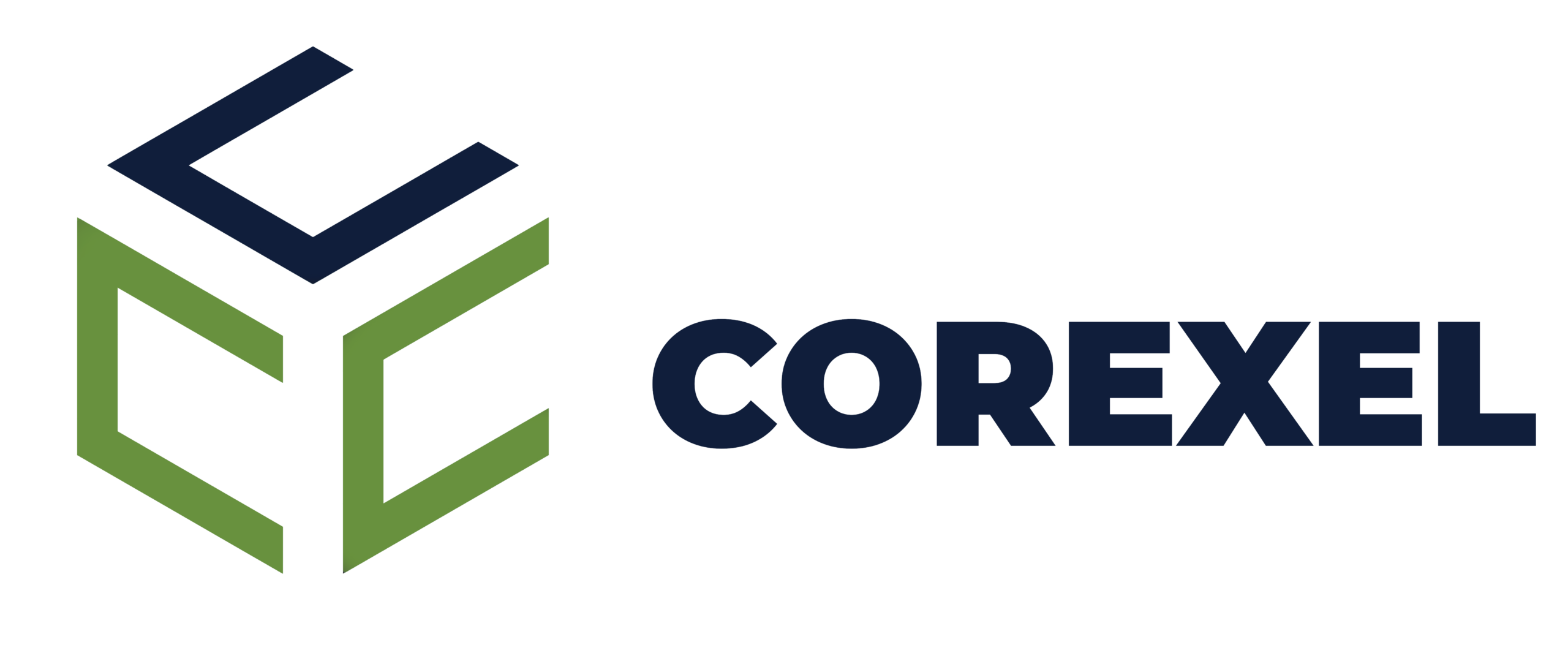
- SFSP
- Cyber Security
- 1,600 USD
- Dec 02, 2022
Secure File Sharing Platform
Business Context
In today’s digital landscape, sharing files securely is crucial for businesses of all sizes, particularly in industries handling sensitive data, such as healthcare, finance, and legal services. A secure file-sharing platform ensures that files are transmitted without being intercepted or accessed by unauthorized parties, thus safeguarding intellectual property, personal data, and business operations. This platform aims to offer businesses a way to safely share documents, contracts, and reports without compromising security.
Key Challenges
- Data Breaches: Ensuring that no unauthorized individuals can access sensitive files during transmission or storage.
- Encryption and Privacy: Implementing strong encryption methods to ensure data privacy and protection from cyber-attacks.
- User Authentication: Developing secure and user-friendly authentication mechanisms to prevent unauthorized access to the platform.
- Scalability: Designing a platform that can handle large volumes of files without compromising security or performance.
- Compliance: Meeting industry standards and regulations such as GDPR, HIPAA, or PCI-DSS for data protection.
Work Approach
- Research and Requirement Gathering: Understanding client needs and assessing security risks related to file sharing.
- Design and Architecture: Crafting the platform architecture with end-to-end encryption, secure cloud storage, and robust user access controls.
- Implementation of Key Features: Developing encryption algorithms, secure login features, file-sharing options, and tracking tools for audit purposes.
- Continuous Testing: Conducting extensive penetration testing to identify and fix vulnerabilities.
- Compliance Verification: Ensuring the platform meets relevant legal and regulatory standards for data protection.
- User Education: Creating resources and guides to help users adopt best practices in securely using the platform.
Technology
- Encryption: AES-256 bit encryption for file storage and TLS/SSL for data in transit.
- Authentication: Two-factor authentication (2FA), Single Sign-On (SSO) integration.
- Cloud Storage: Integration with secure cloud providers (AWS S3, Google Cloud Storage) with redundancy and automated backups.
- Backend Framework: Node.js or Python Flask for backend API development.
- Frontend Framework: React.js or Angular for building the user interface.
- Database: PostgreSQL or MongoDB for storing user data and metadata securely.
- Security Tools: Integration with security tools like OWASP ZAP for vulnerability scanning, and firewall configurations for added protection.
Process
- Planning:
o Define requirements and security standards.
o Identify the target audience and use cases. - System Design:
o Create system blueprints and database models.
o Design user interface with emphasis on ease of use and security. - Development:
o Backend and frontend development following secure coding best practices.
o Implement encryption algorithms and secure data storage protocols. - Testing:
o Conduct regular vulnerability assessments and penetration testing.
o Perform usability testing to ensure the platform is user-friendly while maintaining security. - Deployment:
o Set up secure deployment pipelines with CI/CD integration.
o Deploy on a secure cloud platform with monitoring tools in place. - Maintenance:
o Ongoing updates to patch vulnerabilities and enhance security features.
Features
- End-to-End Encryption: Files are encrypted before they leave the user’s device and remain encrypted during transfer and storage.
- Secure File Sharing: Users can easily share files by generating secure links that can be password-protected and have expiry dates.
- Access Control: Granular access control settings to define who can view, edit, or share files.
- Two-Factor Authentication (2FA): Adds an additional layer of security by requiring a second form of verification for login.
- Audit Trails: Track file access and changes in real-time with logging for compliance and security auditing.
- File Versioning: Maintain a version history of shared files to prevent unauthorized modifications.
- File Integrity Checks: Automatically checks for any tampering or corruption of files.
- Customizable Permissions: Administrators can customize who can upload, download, or delete files, ensuring only authorized users have access.
Result
Enhanced Security: The platform provides robust encryption and authentication methods, ensuring that sensitive files are always protected.
Increased User Trust: Users feel confident sharing their files knowing that they are using a secure system with advanced protection mechanisms.
Regulatory Compliance: The platform adheres to GDPR, HIPAA, and other regulations, helping businesses stay compliant with industry standards.
Business Continuity: The secure file-sharing platform reduces the risk of data breaches, ensuring business operations can continue without disruption.
Improved Efficiency: Businesses can share and collaborate on documents with ease while maintaining a high level of security, increasing productivity.
Scalable: The system can scale with business growth, offering secure sharing capabilities for any number of users and files.


